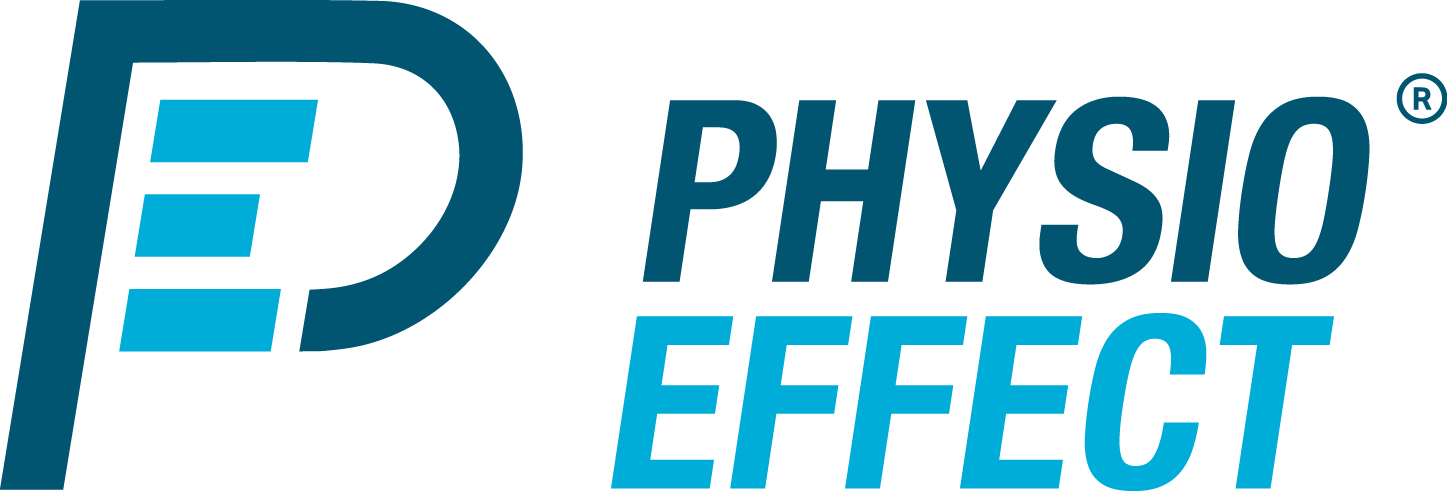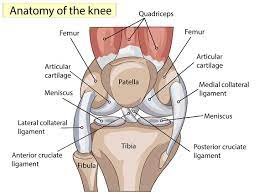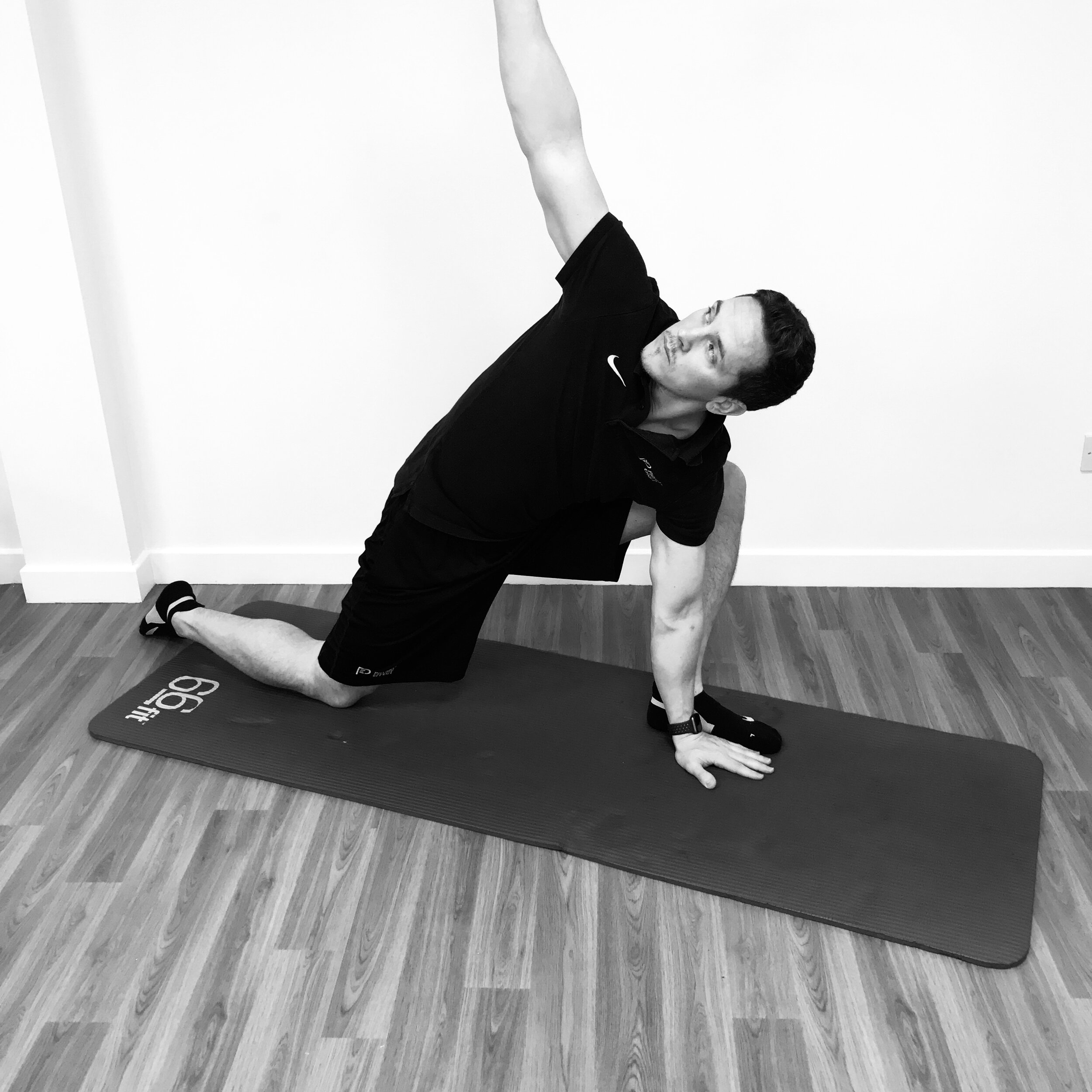RUGBY INJURIES & REHAB
Check out our FREE resources here detailing common rugby injuries and providing advice on management and rehabilitation.
These resources do not replace the need for accurate assessment and guidance from one of our experienced Physiotherapy team but we hope you can use them to help optimise injury recovery and guide your rehabilitation.
If you need our help please book in now for expert advice with one of our team
Acromioclavicular (ACJ) Injury Grades
Acromioclavicular Joint (ACJ) Injury
ACJ injury or separation often occurs after a fall on the point of the shoulder or from a direct blow in contact sports. The ACJ is formed by the acromion which is the end of the scapula (shoulder blade) and the clavicle (collar bone). Our Physio team can help you with an accurate diagnosis and treatment plan & we have provided phased rehab guides below:
Dislocated Shoulder Signs, Symptoms & Treatment
Shoulder dislocations can regularly occur in rugby with the high impact forces involved in tacking, collisions and ground impact. These can be serious injuries and should be treated as such with immediate qualified medical input. Below is a guide to the signs, symptoms and treatment in shoulder dislocation
ankle sprains in rugby
Ankle sprains are common and widespread in many sports particularly those requiring sudden change of running direction and involving collisions and tackling / contact. The significance of ankle sprains is often underestimated and many injuries are poorly rehabilitated leading to chronic weakness, pain and instability. Our team can assess, diagnose and guide you back to full participation. Check out our injury guide and phased rehab routines below:
Concussion is a brain injury and must be taken seriously. It will happen in rugby and needs to be recognised. If in doubt sit them out!
It is the responsibility of players, coaches, parents and guardians to ensure concussion is taken seriously and correctly managed. We have a whole page dedicated to concussion guidelines including assessment tools and management protocols. Find these HERE
Knee injuries in rugby
Knee Anatomy
Knee injuries in rugby are all too common and can range from minor strains and sprains to high level trauma. Ligament tears and meniscal (cartilage) injuries are frequently seen and as with any injury an early & accurate diagnosis and treatment plan can optimise recovery and return to play. Don’t leave it to guess work or hoping for the best, get assessed and get the right treatment plan in place for you. Below you will find some guides to the common knee injuries with phased rehabilitation plans
lower back pain in rugby
Lower back pain
Rugby is a hard physical contact sport putting rigorous demands on the body. It’s fair to say that the lower back can regularly take a hammering. Check out the leaflets below for guidance around common causes for lower back pain and suggestions for exercise based rehab
Low back Pain In Rugby Advice Leaflet
- Low back Pain Rehab Phase 1
- Low back Pain Rehab Phase 2
- Low back Pain Rehab Phase 3
- Low back Pain Rehab Phase 4
Neck pain in Rugby
With the risk of contact to the neck during collisions and scrummaging neck injury due to strains and sprains is common place. Below you will find some info on common causes of neck pain and some exercises to target stretching and strengthening the neck muscles which can help to rehab an injured neck or be used to reduce risk of injury
Neck Pain in Rugby Info Leaflet
Neck Stretching Exercises
Neck Strengthening Exercises
Whatever your rugby injury we are here to offer expert diagnosis, treatment and rehabilitation advice to ensure you get back playing the sport you love as safely and as soon as possible. Book in with one of our expert Sports Physio team & get the help you need NOW






